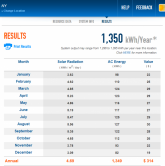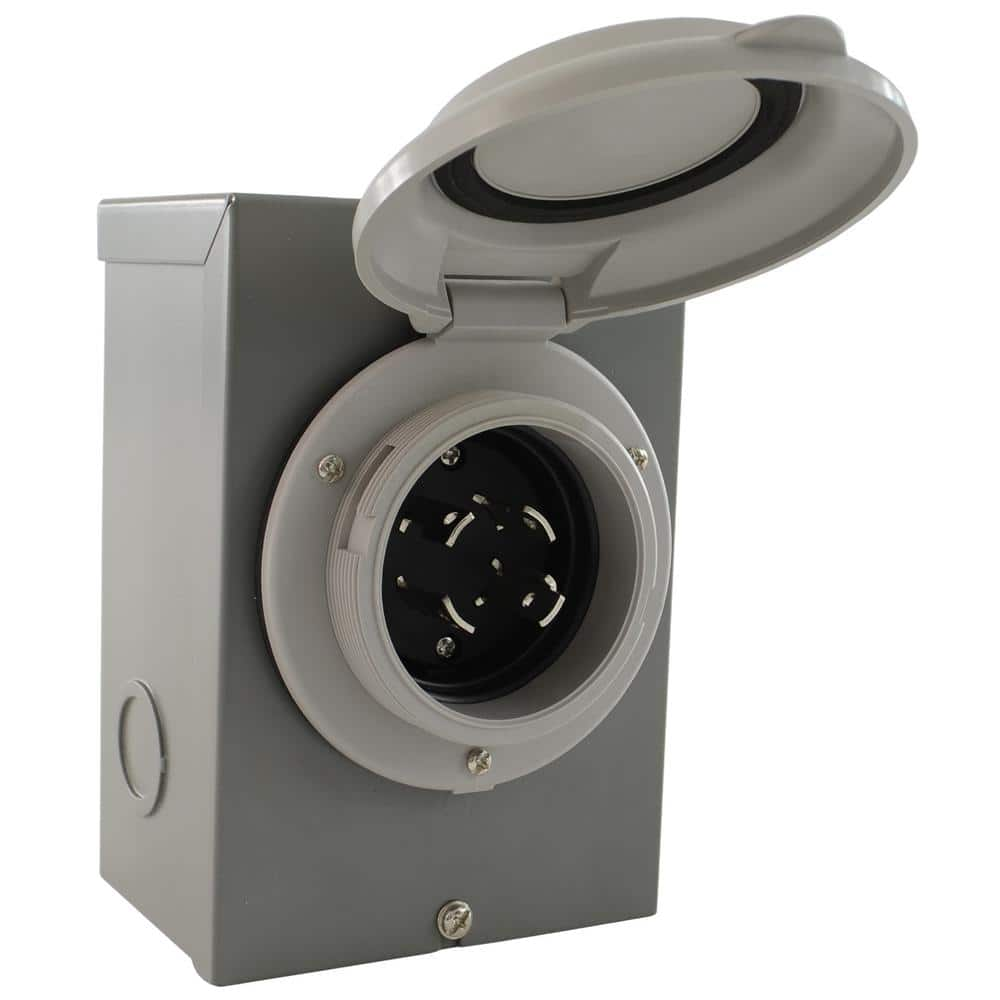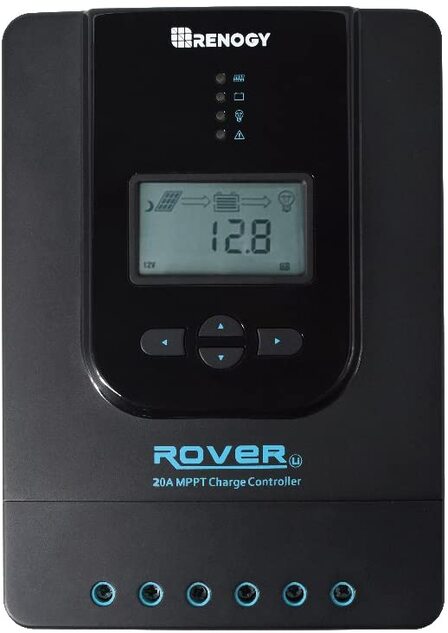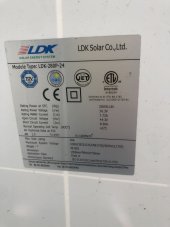We recently bought a cabin in northern NY with no grid power. I got an estimate to run grid power but it was three times the cost of the cabin. The cabin is small with a wood stove, propane heater, propane refrigerator and I plan to install LED lights. My plan is to have an off grid solar generator system with backup gas generator. I ran the power consumption calculator and estimated that I will use approximately 2000WH/Day. I have added a factor of 25% for a total of 2500WH/Day. I have spent the past couple months researching on forums like this and below is my first stab at a couple options. I would appreciate any and all advice. Plan would be to use the cabin during the spring, summer and fall. If needed I would disassemble and break down for winter.
Thank you...
2500WH/Day
2 Days Autonomy
Option 1
48V
4 250W Solar Panels
30A/48V Controller
3000w Inverter/Charger
Option 2
24V
4 250W Solar Panels
50A/24V Controller
3000w Inverter/Charger
Thank you...
2500WH/Day
2 Days Autonomy
Option 1
48V
4 250W Solar Panels
30A/48V Controller
3000w Inverter/Charger
Option 2
24V
4 250W Solar Panels
50A/24V Controller
3000w Inverter/Charger







